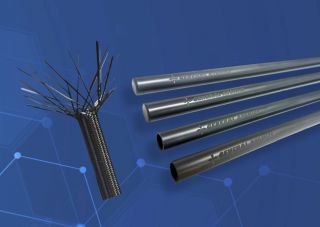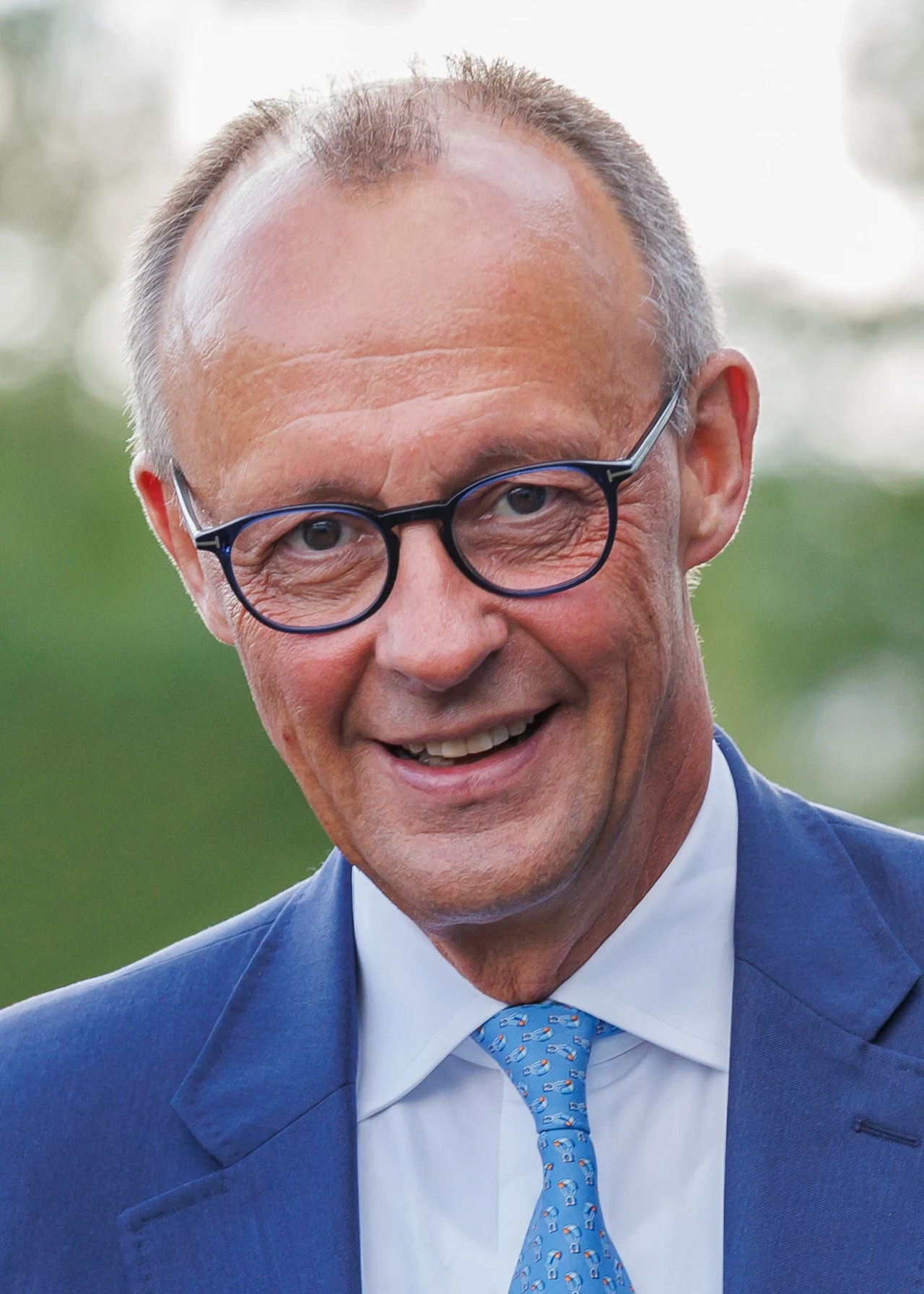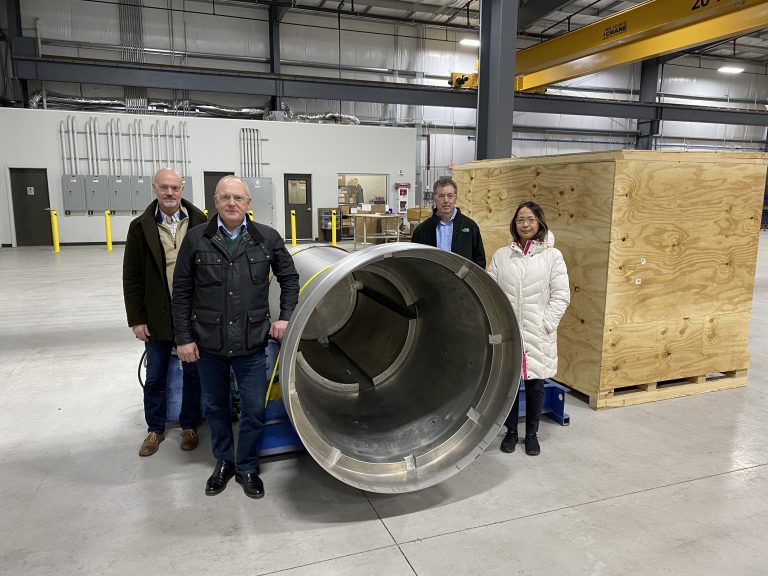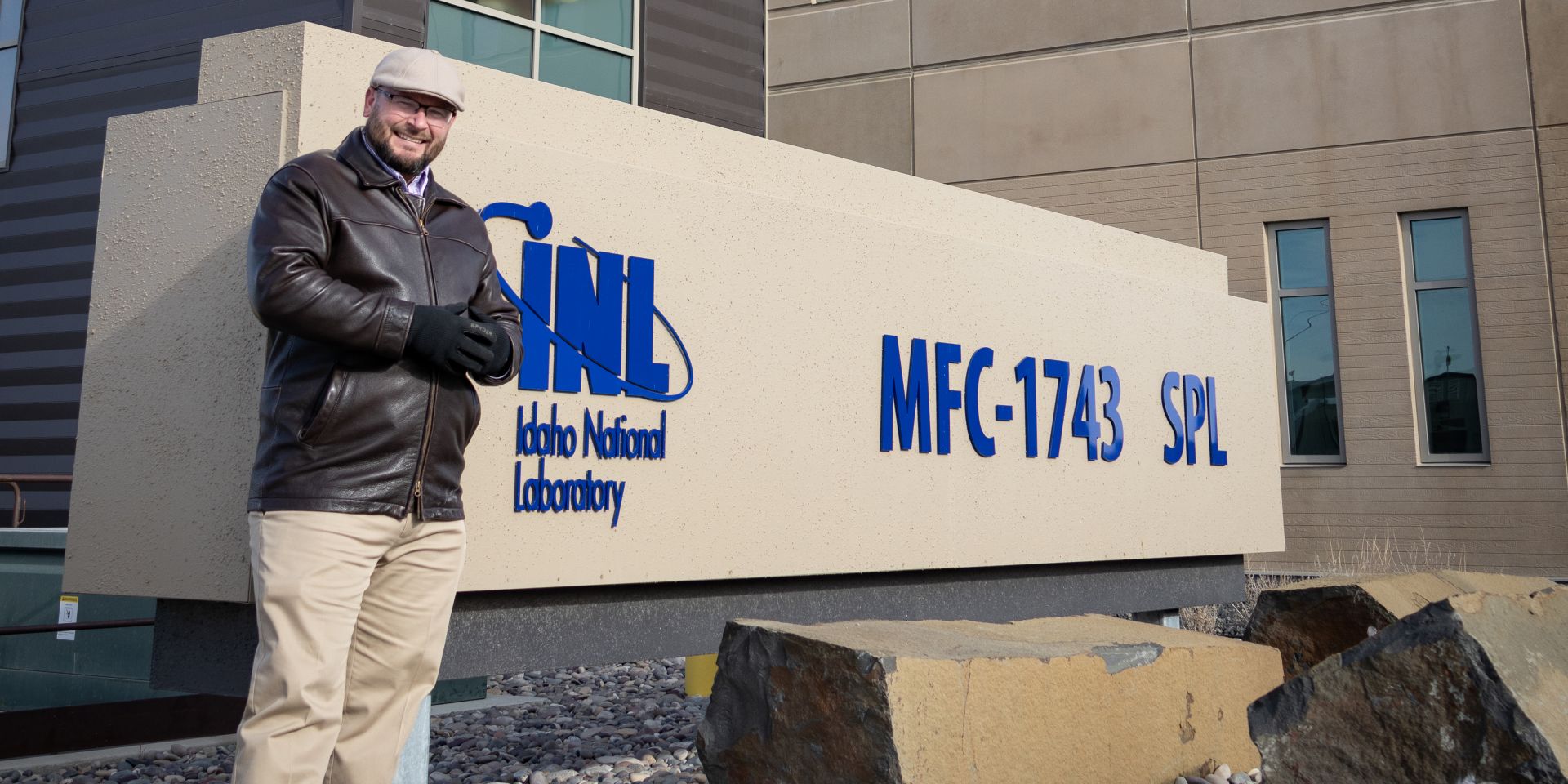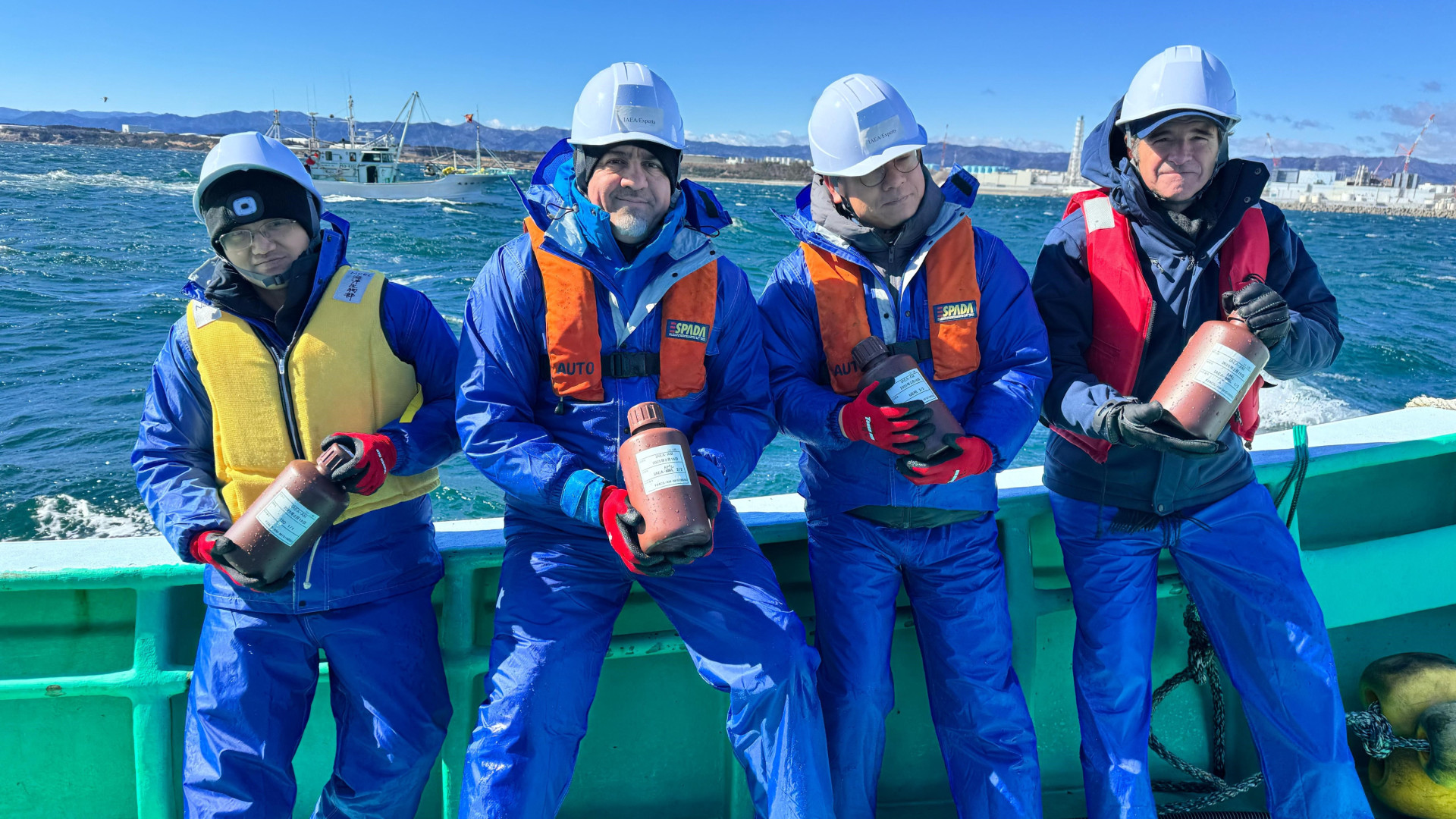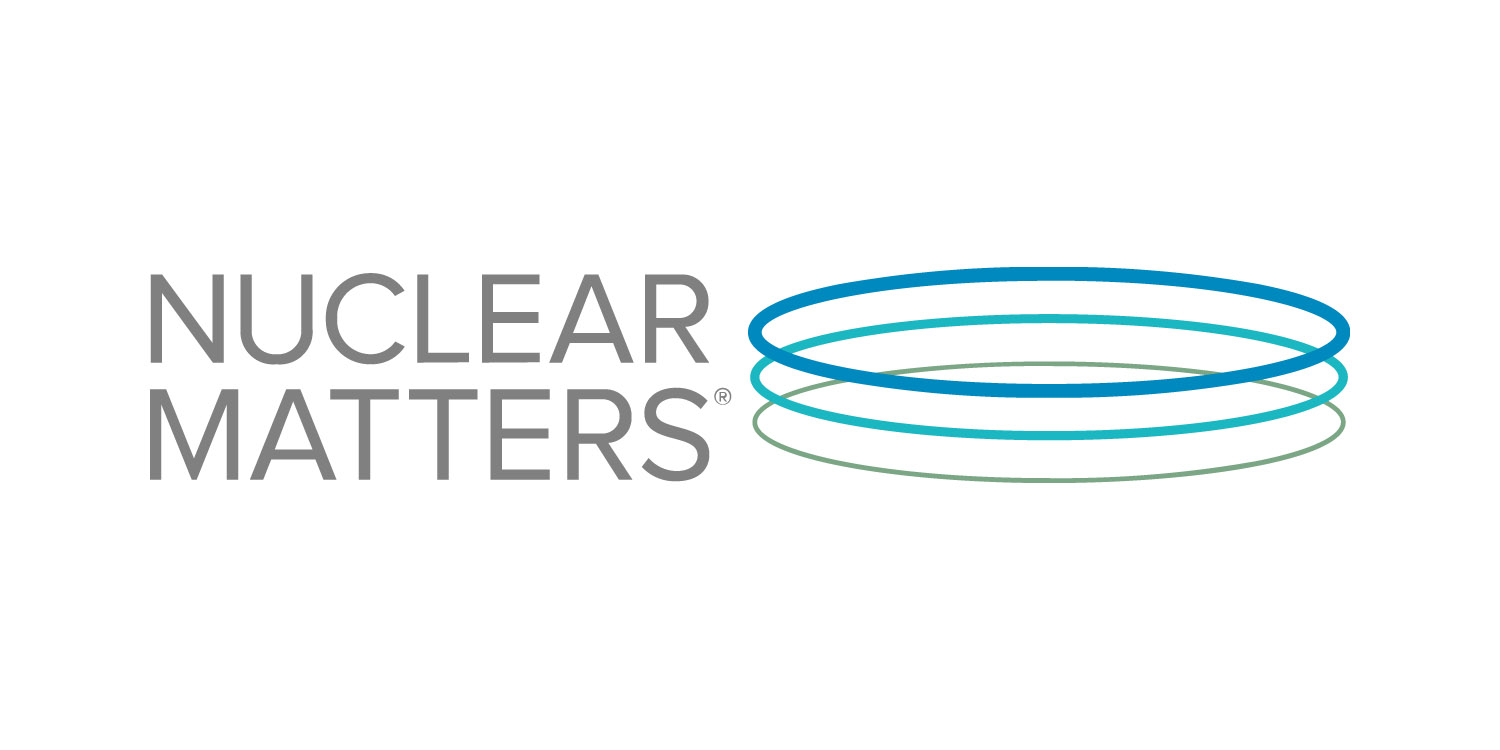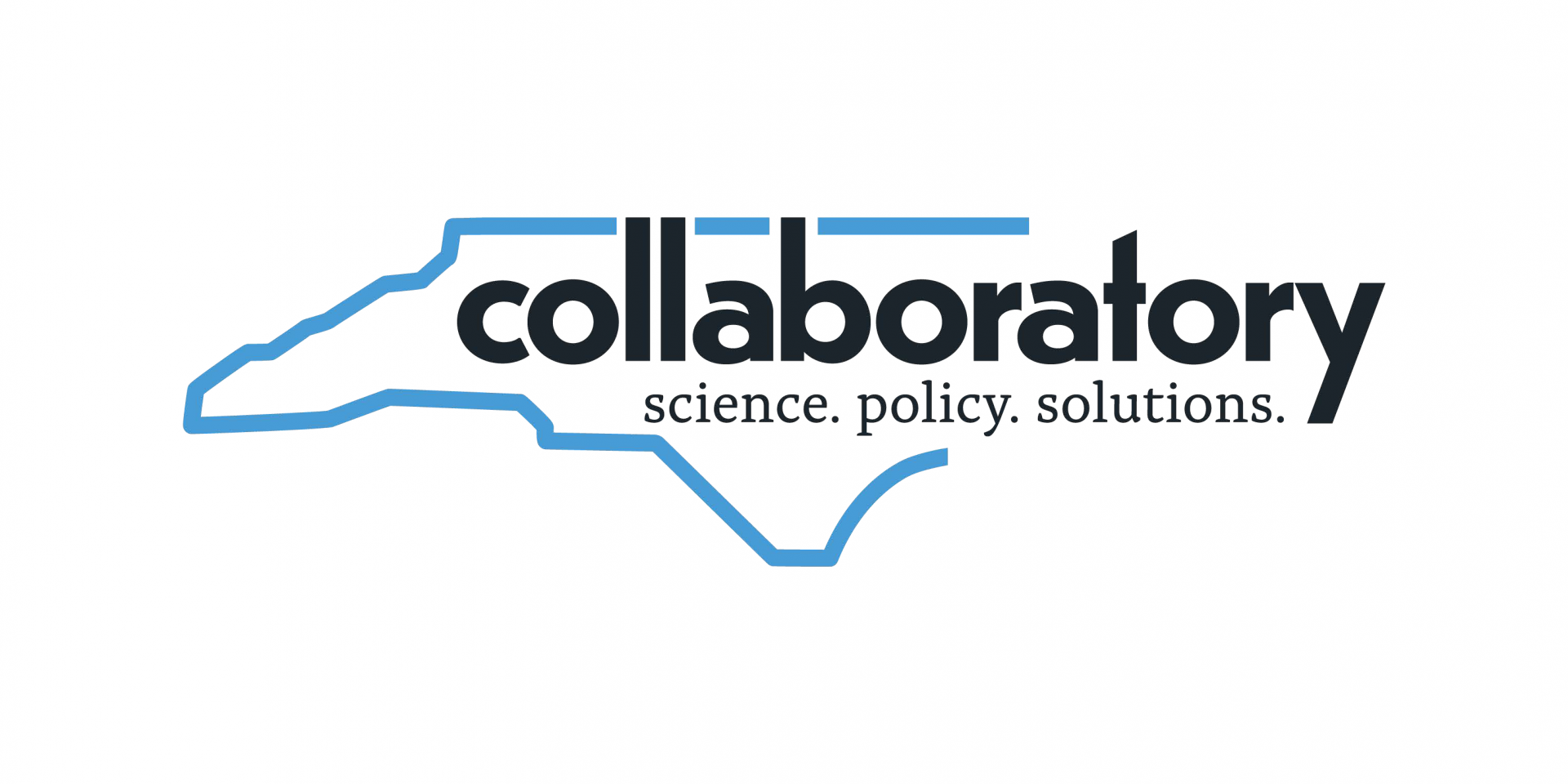General Atomics SiGA Cladding Accident Tolerant Fuel Rods
General Atomics Electromagnetic Systems (GA-EMS) is charting a path to advance SiGA® silicon carbide (SiC) ceramic matrix composite cladding for nuclear fuel rods to provide enhanced safety, improved operational performance, and economics benefits for the existing Light Water Reactor (LWR) fleet as well as future advanced reactor systems.
From left, INL’s Mark Nefzger, Raymond Clark, and John Jackson and DOE-NE’s and Diana Li pose with a MARVEL component.. (Photo: DOE-NE)
A team from Idaho National Laboratory and the Department of Energy’s Office of Nuclear Energy recently visited Carolina Fabricators Inc. (CFI) in West Columbia, S.C., to launch the fabrication process for the primary coolant system of the MARVEL microreactor. Battelle Energy Alliance, which manages INL, awarded the CFI contract in January.
Judge stands outside INL’s new Sample Preparation Laboratory.
(Photo: INL)
Idaho National Laboratory’s newest facility—the Sample Preparation Laboratory (SPL)—sits across the road from the Hot Fuel Examination Facility (HFEF), which started operating in 1975. SPL will host the first new hot cells at INL’s Materials and Fuels Complex (MFC) in 50 years, giving INL researchers and partners new flexibility to test the structural properties of irradiated materials fresh from the Advanced Test Reactor (ATR) or from a partner’s facility.
Materials meant to withstand extreme conditions in fission or fusion power plants must be tested under similar conditions and pushed past their breaking points so performance and limitations can be understood and improved. Once irradiated, materials samples can be cut down to size in SPL and packaged for testing in other facilities at INL or other national laboratories, commercial labs, or universities. But they can also be subjected to extreme thermal or corrosive conditions and mechanical testing right in SPL, explains Colin Judge, who, as INL’s division director for nuclear materials performance, oversees SPL and other facilities at the MFC.
SPL won’t go “hot” until January 2026, but Judge spoke with NN staff writer Susan Gallier about its capabilities as his team was moving instruments into the new facility.
The IAEA’s Rafael Mariano Grossi (far right) and other IAEA experts joined scientists from China, South Korea, and Switzerland as they collected seawater samples near the Fukushima Daiichi nuclear power plant. (Photo: Dean Calma/IAEA)
International Atomic Energy Agency director general Rafael Mariano Grossi visited Japan’s Fukushima Daiichi site on February 19, where he joined scientists from the Third Institute of Oceanography in China, the Korean Institute for Nuclear Safety in South Korea, and the Spiez Laboratory in Switzerland in collecting seawater samples from a boat near the damaged nuclear power plant.
The Doel nuclear power plant, in Belgium, during a time of operation. (Photo: Alexandre Jacquemin)
After 50 years of operation, Unit 1 at Belgium’s Doel nuclear power plant has been permanently shut down.
Just weeks ago, Belgian Prime Minister Bart de Wever talked about trying to keep Doel-1, which was retired on February 14, in operation. He faced an uphill battle, however, given the decades the nation has spent arguing about nuclear energy. In 2003, Belgium enacted a law banning construction of new nuclear reactors and calling for eventual decommissioning of existing reactors, Belga News Agency reported.
Idaho Cleanup Project crews with the Calcine Disposition Project watch as robotics equipment is tested remotely inside a full-scale replica of a calcine bin set. (Photo: DOE)
A team with the Department of Energy’s Idaho Cleanup Project successfully tested robotic equipment being developed to retrieve radioactive calcine, a granular solid waste, at the Idaho National Laboratory Site, the DOE’s Office of Environmental Management has announced.
Core Power CEO Mikal Bøe addresses a Houston, Texas, summit. (Photo: Nina Rangoy)
U.K.-based Core Power has announced that it intends to develop a maritime civil nuclear program anchored in the United States with the goal of bringing floating nuclear power to market by the mid-2030s. The program, called Liberty, is to encompass the modular construction of advanced reactor technology and create the regulatory and supply chain frameworks needed to begin the mass production of floating nuclear power plants (FNPPs) on a global scale.


